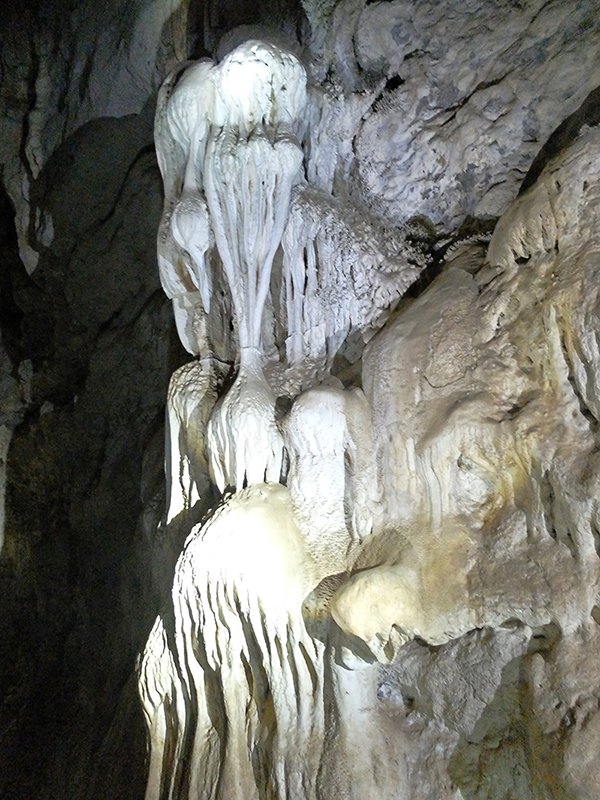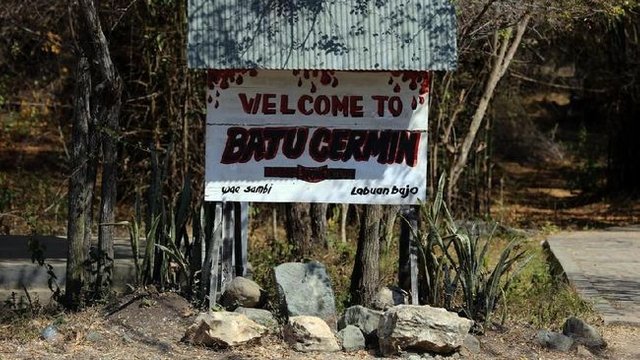
Image:cdn

Batu Cermin Cave, located in Labuan Bajo, Flores, Indonesia, has a fascinating history. The cave's name translates to "Mirror Rock" in Indonesian, and it earned this name due to its unique reflective limestone walls. Here's a brief history:
Discovery: Batu Cermin Cave was discovered relatively recently, in the 1950s, by a Dutch priest. Local residents were likely aware of its existence long before that, but it gained recognition as a tourist attraction in more recent years.
Geological Formation: The cave's limestone walls are believed to be millions of years old. The reflective quality of the walls is a result of the slow deposition of calcium carbonate over centuries, giving them a mirrored appearance when illuminated with a flashlight.
World War II: During World War II, the cave served as a hiding place for the locals from Japanese occupation forces. It also served as a refuge for Chinese-Indonesian civilians seeking safety during this tumultuous time.
Tourism: In recent decades, Batu Cermin Cave has become a popular tourist destination. Visitors can explore the cave's chambers, observing its unique geological features and the play of light and shadows on the reflective walls.
Conservation Efforts: To preserve the cave's natural beauty, there have been efforts to limit human impact, such as installing walkways and providing guided tours with responsible tourism practices.
Batu Cermin Cave offers a blend of natural beauty, historical significance, and geological wonder, making it an intriguing destination for travelers exploring the region.